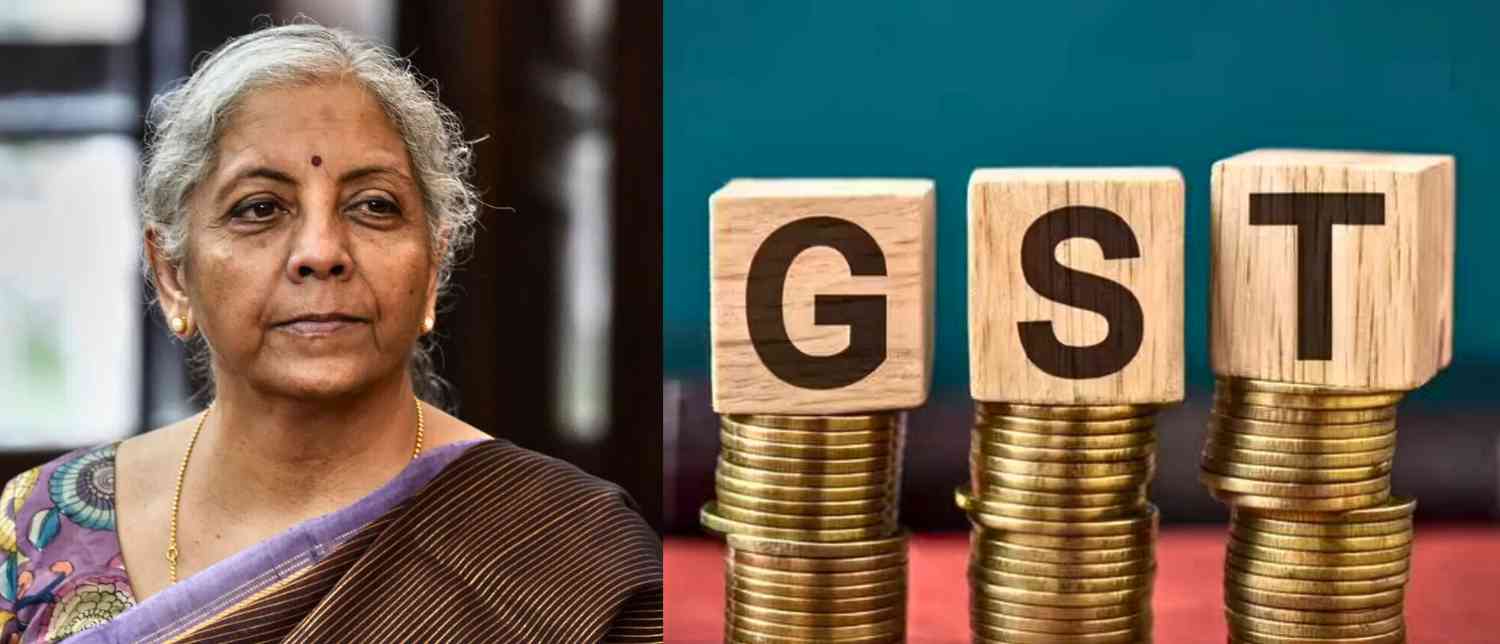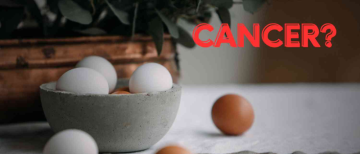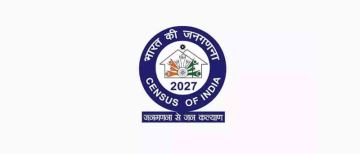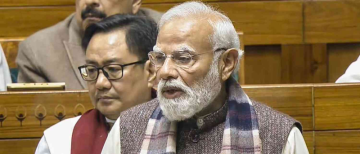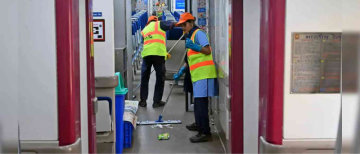The Goods and Services Tax (GST) Council recently approved a major change in the GST system, reducing the number of tax rate slabs from four to two. The new structure, effective from September 22, 2025, will have two main tax rates: 5% and 18%. Additionally, a special 40% tax rate will apply to a select few items, mostly luxury and sin goods like cigarettes and big vehicles. This move aims to simplify the tax system, make essential goods cheaper, and support farmers, small businesses, and consumers across India.
What Will Get Cheaper?
With the new GST slabs, many items that were taxed at 12% or 18% previously are now moving to the lower 5% slab. This means they will become more affordable for consumers. Essentials like butter, ghee, condensed milk, paneer, Indian breads (like roti and paratha), and some dairy products will see a drop in tax rates or be exempted from GST altogether. Life and health insurance policies will also be taxed at zero percent, helping make insurance coverage more affordable for ordinary people.

Agricultural products and farming tools like fertilizers, drip irrigation systems, and tractor parts are now taxed at 5%, down from higher rates of 12-18%. Educational items such as books, exercise notebooks, maps, and stationery will also be tax-free, reducing costs for students. Common household items such as soap, toothpaste, hair oil, and kitchenware will be taxed at the lower 5% rate, benefiting the middle-class and poorer sections of society.
What Could Cost More?
While many products are becoming cheaper, some items will now be taxed at higher rates. A special 40% GST slab will apply to select luxury and harmful products. Cigarettes, pan masala, gutka, and other chewing tobacco products will be taxed at 40%, though this rate may take time to be fully implemented due to pending government processes.

Large cars, motorbikes above 350cc, aerated sugary drinks, and caffeinated beverages have moved to the 40% slab from lower rates. This means these products will become more expensive as the government aims to discourage consumption of unhealthy and luxury items. However, standard cars with engines under certain sizes will now fall under the 18% slab, slightly reducing their tax from the previous 28%.
The GST overhaul is hailed as a significant reform to simplify taxation and reduce the burden on the average consumer. The government expects these changes to boost domestic spending, especially among farmers, small businesses, and the middle class. By lowering taxes on essentials and agricultural goods, it aims to increase affordability and help the economy grow.
At the same time, increasing taxes on luxury and sin goods sends a clear message about discouraging unhealthy consumption while generating more revenue from wealthier consumers. Although this reform is generally seen as positive, some industry experts and traders express cautious optimism, pointing out that the transition might involve initial confusion and adjustments in pricing.

Overall, the two-slab GST model promises a simpler tax system that could help everyday citizens save money on essentials while making luxury items more expensive, promoting fairness in taxation. The new GST rates taking effect from Navratri on September 22 mark an important step toward a more citizen-friendly tax regime.
With inputs from agencies
Image Source: Multiple agencies
© Copyright 2025. All Rights Reserved. Powered by Vygr Media.

